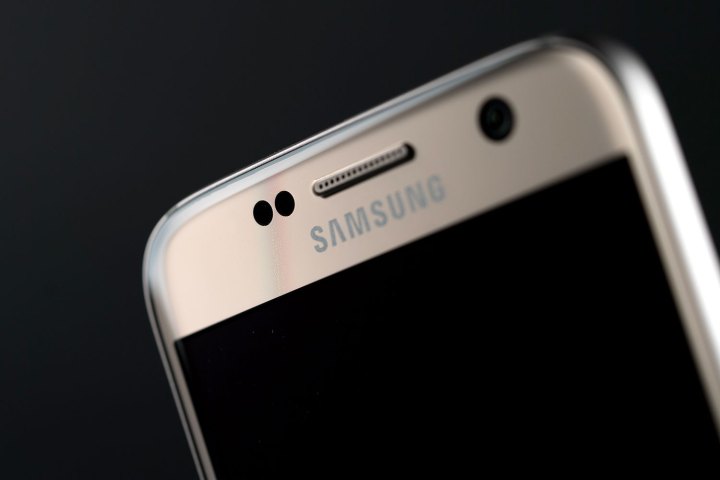
The Exynos 8890 and Qualcomm Snapdragon 820 are very close when it comes to the central processing unit (CPU). However, when it comes to the graphics processing unit (GPU), the Snapdragon 820 is 32 percent faster, according to popular benchmarking site AnTuTu.
This could end up having a big impact on graphics-intensive apps such as games. As of today, the Exynos versions will likely hold their own, but it could pose a problem down the road as developers release higher quality games.
The Exynos 8890 is Samsung’s custom processor. It’s an octa-core made up of four Cortex-A53 cores and four Samsung-made Exynos M1 cores. On the other hand, the Qualcomm Snapdragon 820 is a quad-core processor made up four Qualcomm-made Kyro cores — two high-performance and two low-power.
As far as the GPU goes, the Exynos 8890 uses a Mali T880MP12 and the Snapdragon 820 uses an Adreno 530.
Some may argue these tests by AnTuTu don’t necessarily represent what consumers will experience in the real world since it’s unknown what devices the processors were running on. However, Forbes has both versions of the Galaxy S7 and can confirm the difference between the two GPUs after running the AnTuTu Benchmark app on both models. That’s still not a clear indication that consumers will notice a difference, but it’s alarming to see such a disparity between models. Not to mention that the iPhone 6S blew away the Snapdragon 820 version of the Galaxy S7 edge in a recent speed test.
Speed isn’t the only difference between the processors. Unlike the Snapdragon 820, the Exynos 8890 isn’t compatible with Quick Charge 3.0. Samsung decided it would be a good idea to keep the models consistent, so it disabled Quick Charge 3.0 on all the Snapdragon variants, thus making all devices compatible with Quick Charge 2.0.
Last year, Samsung opted to use the Exynos processor exclusively due to overheating issues with the Snapdragon 810. However, the company reversed course this year and is now utilizing both the Snapdragon 820 and the Exynos 8890 for different markets.
The good news for those of you in the U.S. is that you’re likely to get a Snapdragon 820 version. It’s our understanding that this is the only version being sent to the U.S., but Forbes is reporting that some carriers could carry the Exynos version. European and Asian markets are expected to receive the Exynos version, but only the U.K. has confirmed that.
If you recently bought a Galaxy S7 or S7 Edge, you’ll more than likely want to find out which processor you have. It’s quite easy. Click here to download the CPU-Z app from Google Play. Open the app and it will provide the brand and model number.
Why Samsung went this route is anyone’s guess. The company obviously wants to push its own processors, but doesn’t appear confident enough in them to go all in.
Editors' Recommendations
- A surprise phone just beat the Galaxy S24 Ultra in a big way
- Have a Samsung Galaxy S23? Don’t update your phone to One UI 6.1
- Samsung is fixing an annoying display issue on the Galaxy S24
- I have the Samsung Galaxy S24. Here are 3 things I already like
- Does the Samsung Galaxy S24 have MagSafe?


